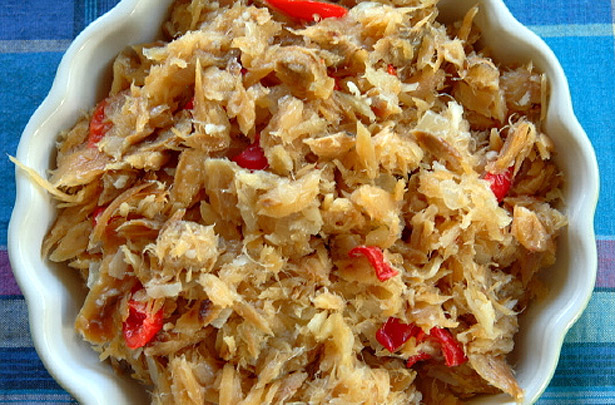Introduction: Taino Indigenous Culture and Dominican Cuisine
The Taino Indigenous people were the first inhabitants of the Dominican Republic. Their culture and traditions have greatly influenced the country’s cuisine. Dominican cuisine is a blend of Spanish, African, and Taino Indigenous flavors, and the Taino influence can be seen in the ingredients, cooking techniques, and dishes.
Taino Influence on Dominican Ingredients
The Taino people were known for their agriculture and cultivated many crops that are still used in Dominican cuisine today. Some of these ingredients include cassava, yucca, sweet potatoes, corn, and peppers. The Taino also introduced the use of herbs and spices such as coriander, bay leaves, and annatto. These ingredients are used in many traditional Dominican dishes like sancocho, a hearty stew, and mangu, a mashed plantain dish.
Taino Cooking Techniques in Dominican Cuisine
The Taino people used a unique cooking technique called barbacoa, where meat was cooked on a wooden frame over an open flame. This technique is still used today in the popular street food dish called chicharrón, which is deep-fried pork belly. The Taino also used a method called sofrito, which is a blend of sautéed onions, garlic, and peppers. Sofrito is used as a base for many Dominican dishes, adding a depth of flavor and aroma.
Taino-Inspired Dominican Dishes
Many traditional Dominican dishes are inspired by Taino cuisine. One such dish is casabe, a flatbread made from cassava that has been grated, dried, and then pounded into a dough. Another dish, called guanimos, is made from ground corn and stuffed with meat or vegetables. There is also a popular dish called chenchén, which is a savory tamale made from boiled yucca and stuffed with meat or seafood.
Taino Language in Dominican Cuisine
The Taino language has left a mark on Dominican cuisine as well. Many traditional Dominican dishes have Taino names, such as mofongo, which means mashed plantains in Taino. Other dishes like arepas, yaniqueques, and mabí, also have Taino names.
Taino Rituals and Festivals in Dominican Cuisine
Taino traditions and rituals are still celebrated in Dominican culture, and their influence can be seen in the country’s cuisine. For example, during the annual festival of the Virgen de la Altagracia, it is customary to prepare a dish called habichuelas con dulce, which is a sweet bean dessert that has Taino roots. This dessert is traditionally served during Lent and represents the Taino’s connection to the earth.
Taino Influence on Dominican Beverages
Taino influence can also be found in Dominican beverages. One such drink is mabí, a fermented beverage made from the bark of the mabí tree. The Taino used this bark to cure various ailments, and the beverage is still popular today. Another popular drink is the refreshing morir soñando, which means “die dreaming” in Spanish. This drink is made with milk, sugar, and orange juice and is said to have originated in Taino culture.
Conclusion: Taino Legacy in Dominican Cuisine
In conclusion, the Taino Indigenous people have left a significant legacy in Dominican cuisine. Their unique ingredients, cooking techniques, and dishes have been incorporated into the country’s culinary tradition and are still enjoyed by Dominicans and visitors alike. The Taino language, rituals, and festivals continue to be celebrated, keeping their culture alive in the Dominican Republic.

